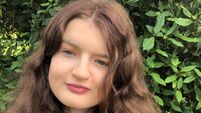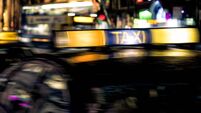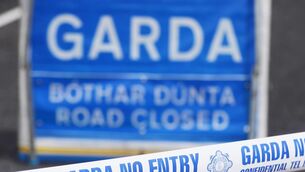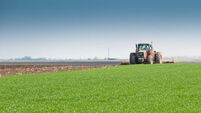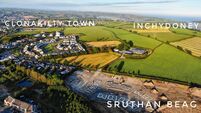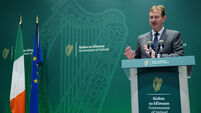Edible insects and cinnamon surface cleaners on show at BT Young Scientist exhibition
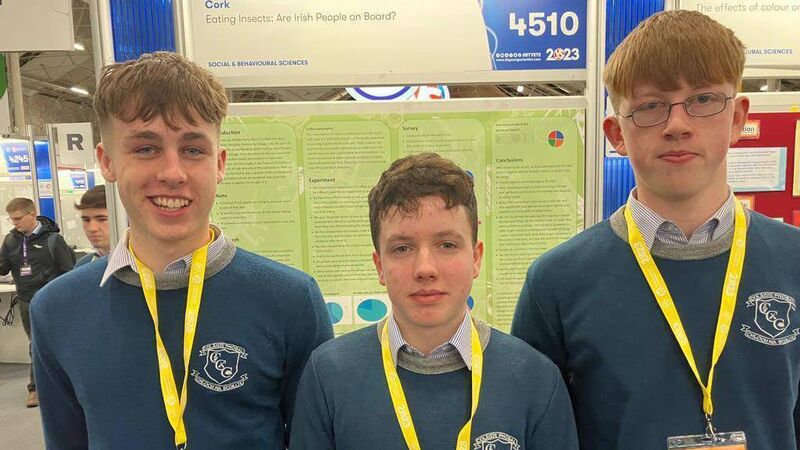
Sean Flood, Micheál Kelly and Peter O’Sullivan from Clonakilty Community College at the BT Young Scientist exhibition. Their project focused on whether Irish people are on board with eating insects.
Eating insects, whether hot water and cold water sound different, using cinnamon as a surface cleaner and the influence of Andrew Tate were just some of the fascinating exhibits on show as students kicked off this year’s BT Young Scientist and Technology exhibition.
After an enforced in-person hiatus during the Covid-19 pandemic, this is the first time in three years that thousands of students have converged on Dublin for the exhibition.
On a bleak, showery day in the capital, students took shelter from the rain as they filed into cavernous halls of the RDS to both set up their stalls and to set out their stalls on the various scientific endeavours they’d spent months preparing.
In all 550 projects are on show, 91 of them from Cork alone. And the sheer variety of the projects is remarkable.
Wandering around the hall, so many caught the eye.
“A lot of people don’t want it, but they don’t know about it,” according to Sean Flood from Clonakilty Community College. “That’s the problem.” He’s talking about insect-eating — a project he’s worked on with classmates Peter O’Sullivan and Micheál Kelly.
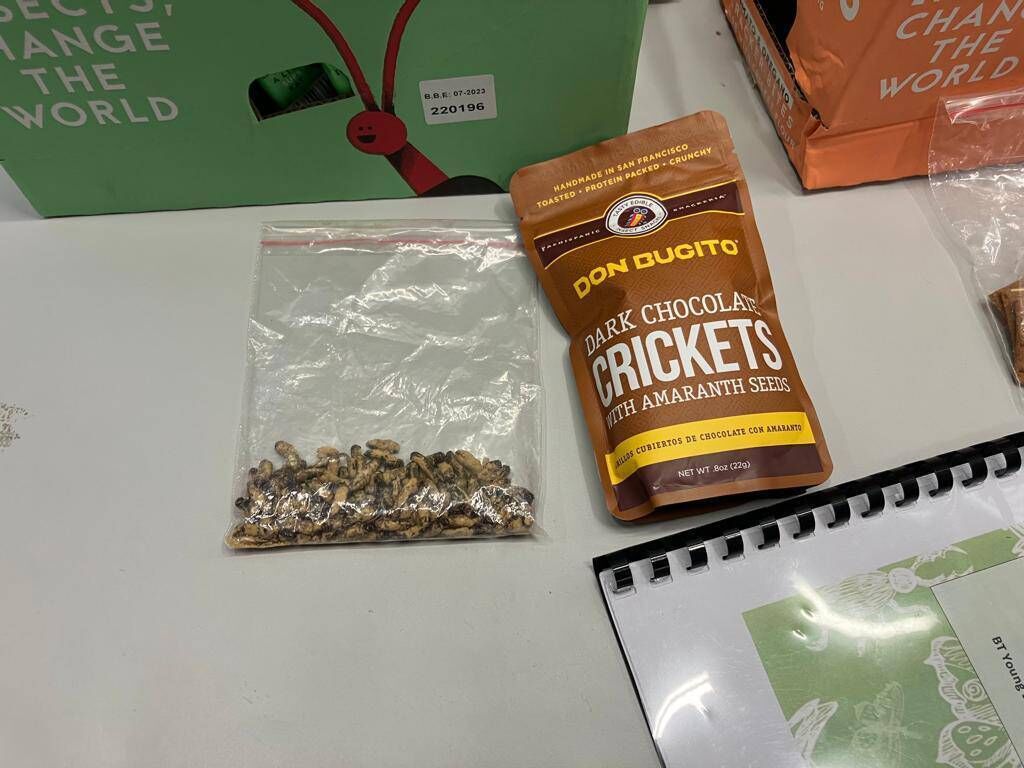
Mr Flood said they’re a far more sustainable food source and a great source of protein. The trio produce some crickets and grasshoppers, including some chocolate covered ones.
Three in five people said they have never — and would never — eat insects, according to their study. “They’re seasoned now,” Mr O’Sullivan said, pointing to some grasshoppers. “If we disguise them, people might be more likely to eat them.”
Fiona O’Sullivan and Siobhán Carter from Coláiste Choilm in Ballincollig, Cork, meanwhile, have been examining sound waves for popular songs using the Fourier method.
This breaks down sound waves into simple forms. What they found was songs from the 1950s and 60s had relatively simpler and less complex waves, while more modern songs had much more frequencies and technologies at play.
“We wanted to see if it was an algorithm to make top hit music or just luck,” Ms Carter explained.
Emily Duffy, also from Coláiste Choilm, got the idea for her project — the impact of misogynistic online influencers on young people’s perceptions of women — from watching with her sister.
She made a questionaire for peers which asked them to rate their agreement with statements, such as “women use their sexuality to gain control over men”.
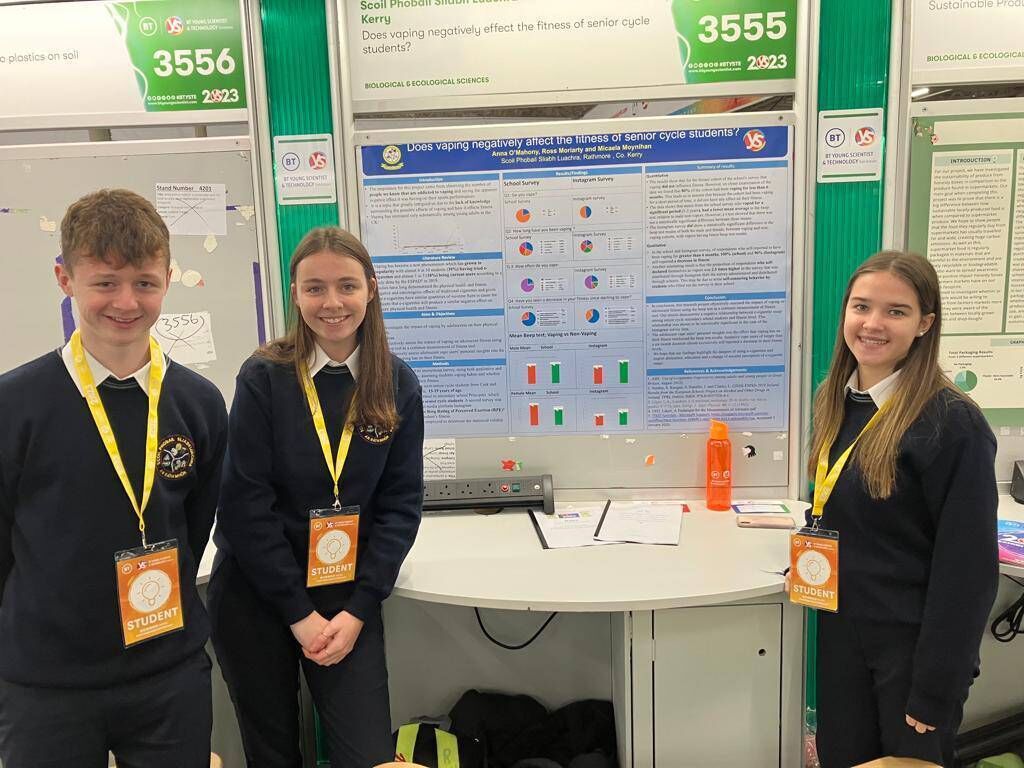
This was expanded out to 5th and 6th years, who were shown videos, two of which contained misogynistic content such as the kind of rhetoric espoused by Andrew Tate and again asked similar questions. Furthermore, students at an all-boys school were given the same task.
“The study found males were significantly more misogynistic than females,” Ms Duffy said. “And we found boys in mixed gender schools were more misogynistic than those in all-boys.”
Meanwhile, Lydia Kelleher and Sophie Creedon from St Mary’s Secondary School in Mallow had expanded on their project from last year —measuring the impact of heading a ball and the potential use of protective wearable headbands of their own creation.
Ms Kelleher said: “We were investigating further the link between neurodegenerative diseases like dementia and Parkinson’s with sport-related cranial impacts. It’s very prominent but not being talked about at all.“
The device worn on the head can detect the impact felt by heading a ball, and the young researchers said it was important to look at the repeated effect of non-concussive impacts.
“It would be a good idea,” said Ms Creedon to the suggestion of a ban on heading for younger age groups playing soccer. “From the device we made, we noted the dangers it causes.”
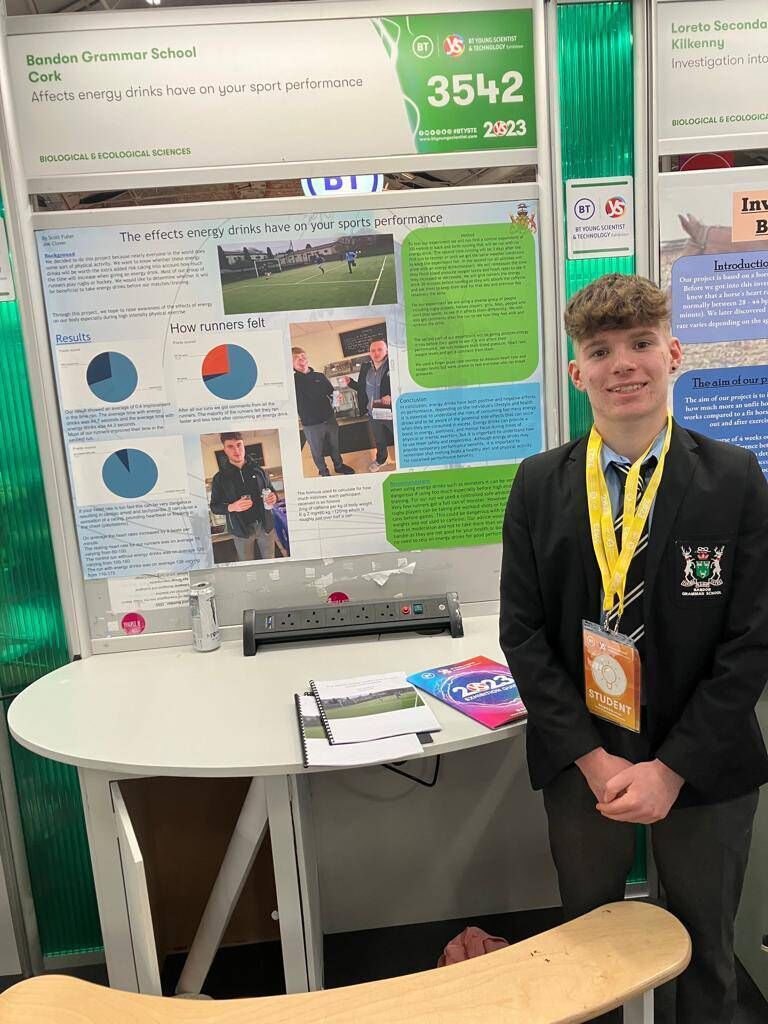
President Michael D Higgins delivered a speech to students to formally open the exhibition, and the fragile planet was on his mind as he told these teenagers they will be at their best when they “locate their contribution within a commitment to be concerned and contributing global citizens”.
“May your participation in the ‘Young Scientist’ further drive your interest and determination to continue to play a role in science, its application, and its delivery for the betterment of all on our shared, vulnerable planet,” he said.
The exhibition opens to the public from Thursday until Saturday.





